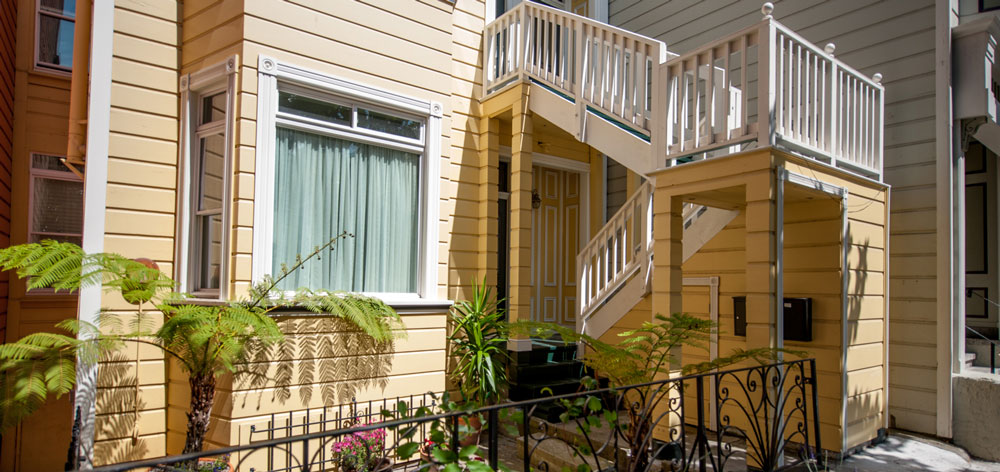Density Reform Ordinance will Preserve Rental Units and Encourage Affordable Housing

Preserving existing affordable housing and encouraging new affordable housing are two key strategies for addressing San Francisco’s housing affordability crisis and housing insecurity.
Livable City worked with District 8 Supervisor Mandelman to craft an ordinance that will both preserve existing housing and permit more affordable housing. The ordinance will be heard at the Board of Supervisors’ Land Use and Transportation Committee sometime after Labor Day.
The ordinance amends the Planning Code’s density limits to give all existing unauthorized units (aka illegal units) a path to legalization, and exempt affordable units from maximum density limits. It will also ease restrictions on residential care facilities in all residential zoning districts.
Exempting affordable units from density caps will broaden the City’s incentives for multi-unit affordable and mixed-income housing in every San Francisco neighborhood. It expands on a current provision which exempts affordable units from density limits, but only for buildings which are at least 20% affordable, not more that 25% affordable, and are outside the RH-1 and RH-2 districts which cover half the City.
Lowering the minimum density threshold will allow smaller projects to meet their required inclusionary housing obligations on-site without lowering the number of market rate units in the project, giving builders a new incentive to include affordable units in projects. Lifting the maximum number of affordable units and extending the density exception to RH-1 and RH-2 complements the City’s density bonus programs for affordable housing, which can’t be used in RH-1 and RH-2 districts.
Thousands of San Franciscans live in unauthorized dwelling units. Most of these units have existed for decades, and they are often rent-stabilized and affordable. Their unauthorized status puts residents at greater risk of losing their housing, and can prevent owners from securing building permits for necessary building upgrades.
Current law only permits one unauthorized unit per lot to be legalized, so owners wishing to legalize their units face a dilemma: keep the units in legal limbo, or legalize one and remove all the others, even if the others are structurally sound and removing them will displace residents. Allowing legalization of more than one unauthorized unit per lot will give every unauthorized unit a path to legalization. Broadening the legalization path will give tenants of these units greater housing security, and allow building owners to secure permits for improvements to safety, access, habitability, and comfort.
Residential care facilities provide short or long-term housing and care for many seniors, people recovering from illnesses, and formerly homeless people. Despite a growing need, residential care facilities are disappearing from San Francisco. Principally permitting residential care facilities in RH neighborhoods, as the Board of Supervisors approved earlier this year in other zoning districts, will expand the range of housing choices available in all San Francisco neighborhoods.
We’re grateful to Supervisor Mandelman for advancing these sensible pro-housing code changes. In December the Planning Commission unanimously recommended the ordinance in a 6-0 vote. The Commission recommended amending the ordinance to permit only non-required affordable units be exempted from density. We prefer exempting required affordable units too, to encourage developers of market rate projects to meet their affordability requirements with on-site units, and create more mixed-income buildings and mixed-income neighborhoods. The next step for the ordinance is the Board of Supervisors’ Land Use and Transportation Committee.
These reforms will further San Francisco’s values of equity, diversity, inclusion, and sustainability, by better accommodating San Franciscans of all ages, incomes, physical abilities, and household types in each San Francisco neighborhood.
The full text of the ordinance and the Planning Department’s staff report can be found here.
